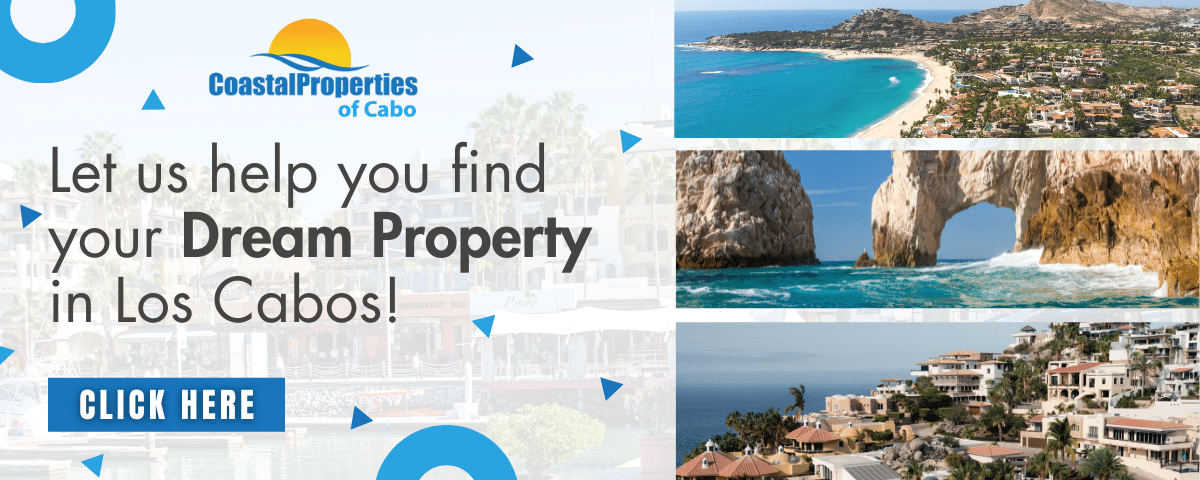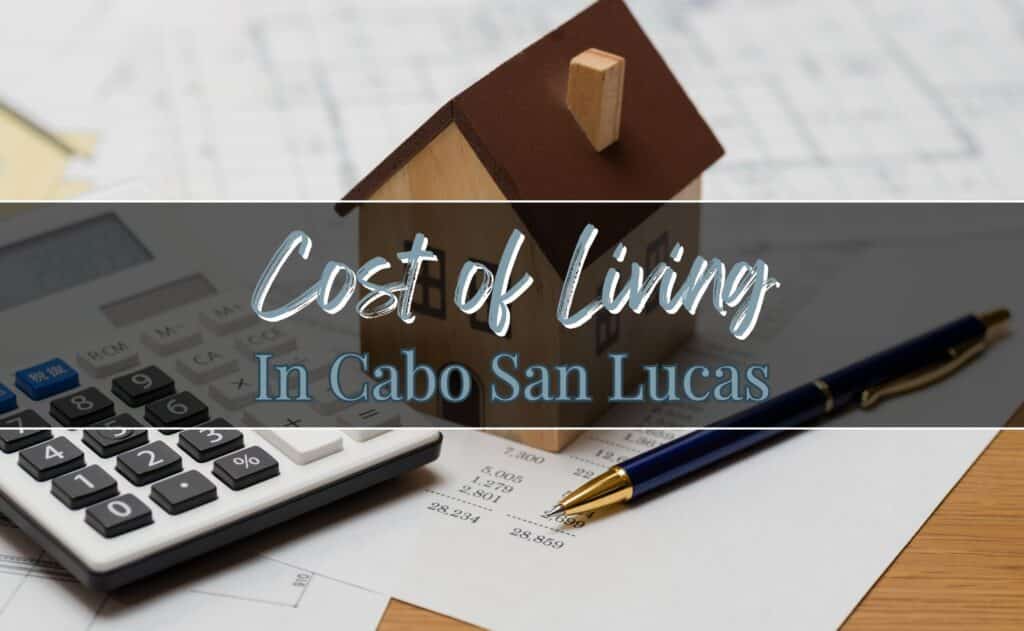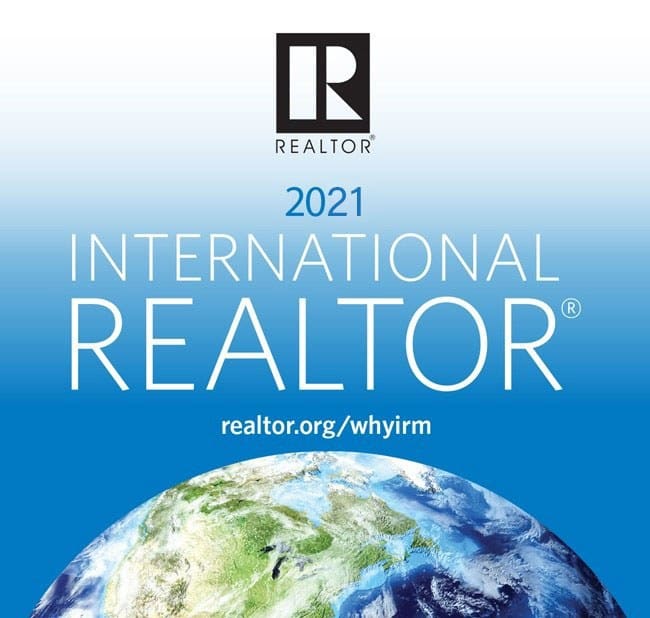Cabo San Lucas has long been a favorite vacation spot for Americans, but more and more people are making the leap to live here full time. With its beautiful beaches, warm climate, and laid-back lifestyle, it’s easy to see why Cabo is so appealing. But beyond the scenery and sunshine, one of the biggest draws is the cost of living.
Compared to many cities in the U.S., living in Cabo can be significantly more affordable—especially when it comes to housing, food, and healthcare. Whether you’re dreaming of early retirement, remote work from paradise, or a permanent move south of the border, understanding the true cost of living in Cabo is key to making the transition smooth and financially sound.
In this guide, we’ll break down everything you need to know—from ownership costs and utilities to dining out and healthcare—so you can make an informed decision about moving to Cabo San Lucas.
Housing Costs in Cabo San Lucas
Housing is one of the most important—and often most affordable—aspects of life in Cabo. Whether you’re looking to rent or buy, you’ll find a range of options to suit your lifestyle and budget.
Buying a Home:
If you’re considering purchasing property, the Cabo real estate market offers everything from beachfront condos to luxury villas in gated communities. Compared to similar homes in coastal California or Florida, homes for sale in Cabo are typically much more affordable. Ownership costs, including property taxes and maintenance, are generally lower than in the U.S., which can make long-term investment appealing.
When buying property in Mexico, Americans will usually need to set up a bank trust (fideicomiso) or a Mexican corporation to hold the title. A qualified Cabo real estate agent can walk you through this process, ensuring all legal requirements are met.
Renting a Home:
For those not ready to buy, long-term rental homes are widely available. You can expect to pay:
- Around $800–$1,500 USD/month for a two-bedroom apartment or house in a non-touristy area
- $1,800–$3,000+ USD/month in more upscale or beachfront communities like Pedregal or Cabo Bello
Rent typically includes basic furnishings, but utilities may be extra.
Mortgages and Down Payments:
While some Americans choose to pay cash, Mexican banks and select U.S.-based lenders do offer mortgage options for foreign buyers. Down payment requirements are usually higher than in the U.S.—often around 30%–50% of the home’s purchase price. Mortgage rates may also be slightly higher than U.S. averages, but many buyers find the overall investment worth it due to the area’s value appreciation.

Utilities and Internet
Utility costs in Cabo are generally manageable, especially if you’re conscious of your usage. Electricity can be the biggest variable, particularly during the summer months when air conditioning is used more heavily.
Here’s a rough breakdown of monthly utility costs:
- Electricity: $50–$150+ USD (varies by usage and season)
- Water: $10–$30 USD
- Gas (propane): $20–$50 USD
- Trash collection: Often included in municipal services or a small HOA fee
To keep electricity costs down, many homes in Cabo are equipped with ceiling fans, energy-efficient appliances, or even solar panels. If you’re buying, your Cabo real estate agent can help identify homes with lower ownership costs due to efficient design or sustainable upgrades.
Internet and Mobile Service:
Cabo has several reliable internet providers, and high-speed service is widely available. Expect to pay:
- Internet: $25–$50 USD/month
- Cell phone service: $20–$40 USD/month (many expats use local prepaid SIM cards with data)
For remote workers or digital nomads, connectivity is rarely a concern—many homes and cafes in Cabo offer dependable Wi-Fi, and co-working spaces are also becoming more popular.
Groceries and Dining Out
One of the joys of living in Cabo San Lucas is access to fresh, local food at prices that often beat what you’d pay in the U.S. Whether you’re shopping at a local market or dining at a beachfront restaurant, you’ll likely find your food budget stretches further here.
Groceries:
Local staples—such as fruits, vegetables, tortillas, rice, beans, and eggs—are typically very affordable. Shopping at neighborhood mercados or farmers markets can help keep costs down, especially if you’re cooking at home regularly.
Here’s a sample of average grocery prices in Cabo:
- Milk (1 liter): $1.00 USD
- Chicken breast (1 lb): $2.50–$3.00 USD
- Fresh produce (per item): $0.50–$1.00 USD
- Beer (local brand): $1.00 USD
- Bottle of wine: $8–$15 USD
Imported goods (like U.S. brand cereals, snacks, or specialty items) do cost more, so many expats adapt their diets to what’s local and in-season.
Dining Out:
Cabo’s dining scene offers everything from casual taco stands to five-star cuisine. Street tacos and local eateries can cost just a few dollars per meal, while upscale restaurants may charge prices similar to what you’d see in American resort towns.
- Tacos at a local stand: $1–$2 USD each
- Lunch at a casual sit-down restaurant: $8–$12 USD
- Dinner at a fine dining establishment: $30–$50 USD per person
Dining out frequently is a luxury that’s surprisingly affordable here, making it a regular part of life for many expats.
Transportation
Getting around Cabo San Lucas is easy and can be quite cost-effective, especially compared to cities in the U.S. where owning and maintaining a car is expensive.
Owning a Car:
Many residents choose to have their own vehicle for convenience, especially if they live outside the tourist zones. Fuel prices are reasonable (typically lower than in the U.S.), and car insurance is significantly cheaper—often under $500 USD per year, depending on coverage.
Maintenance costs are also lower, though it’s important to use trusted local mechanics. If you’re buying a home with a garage or covered parking, your Cabo real estate agent can help factor that into the search to protect your vehicle from the sun and salt air.
Public Transportation & Alternatives:
For those who don’t want to drive, local buses and shared vans (known as colectivos) run regular routes and cost as little as $1–$2 USD. Taxis are available, but prices can be inconsistent—it’s often better to use Uber, which is widely available and reliable in Cabo.
Walkability and Biking:
Downtown Cabo is walkable, and many expats live in Cabo neighborhoods where they can walk or bike to restaurants, grocery stores, and the beach. Living centrally can reduce transportation-related ownership costs altogether.

Healthcare and Insurance
Healthcare is another area where Americans can see significant savings by relocating to Cabo San Lucas. The quality of care is high, with many private clinics and hospitals catering specifically to expats and international residents.
Medical Services:
Routine doctor visits can cost as little as $30–$50 USD without insurance, and even specialized care is often much more affordable than in the U.S. Many doctors and dentists in Cabo have trained in the U.S. or Canada and speak fluent English.
Health Insurance for Expats:
Expats have several insurance options, including local Mexican insurance providers or international policies that offer broader coverage. Premiums vary based on age and coverage level, but most Americans find that they pay significantly less than they would for a comparable U.S. plan.
- Basic expat health insurance: $75–$200 USD/month
- Comprehensive international plan: $250–$500 USD/month
For retirees, this can make a huge difference in monthly expenses. Some even choose to pay out-of-pocket for minor procedures due to the low costs.
If you’re factoring healthcare into your mortgage or relocation budget, it’s worth speaking with a professional familiar with expat insurance options in Mexico. Your Cabo real estate agent may also have recommendations for reputable providers and clinics in the area.
Entertainment and Lifestyle
Living in Cabo San Lucas means you’re never short on ways to enjoy your free time. With year-round sunshine, world-class beaches, and a thriving expat community, you’ll find plenty of opportunities to stay active and social—often for much less than you’d pay in the U.S.
Fitness and Wellness:
Gym memberships typically range from $30 to $60 USD per month, with many offering modern equipment and classes. Yoga studios, pilates, and boutique fitness centers are also popular and affordable.
Outdoor Activities:
Cabo is known for its outdoor lifestyle. Hiking, paddleboarding, snorkeling, and fishing can often be enjoyed at little to no cost—especially if you have your own gear. Golf, while more expensive, is available at both public and private courses with discounts for residents.
Social Life:
Many expats join social or networking groups, which often host free or low-cost events like beach cleanups, potlucks, or community fundraisers. There are also affordable co-working spaces, art workshops, cooking classes, and language exchanges.
Entertainment in Cabo can be as budget-friendly or luxurious as you want. Whether it’s live music at a beach bar, a $5 movie ticket, or a sunset cruise, there’s something for every lifestyle and price point.
Residency, Banking, and Taxes
Before making the move to Cabo San Lucas, it’s important to understand the logistics of living in Mexico as a U.S. citizen, especially when it comes to immigration, banking, and taxes.
Residency Costs:
If you plan to stay longer than six months at a time, you’ll need a temporary or permanent resident visa. The process is straightforward, and many Americans hire legal help to navigate it smoothly. Common costs include:
- Temporary resident visa application: $50–$100 USD
- Annual resident card fee: $200–$300 USD
- Legal assistance (optional): $500–$1,000 USD
These are one-time or annual costs, and they’re important to factor into your total ownership costs if you’re planning to buy property.
Banking and Currency Exchange:
You can open a Mexican bank account once you have a residency card, which makes paying local bills easier. ATM fees and exchange rates can add up quickly, so many expats use online services or international bank accounts to manage finances and reduce fees.
Taxes for U.S. Citizens Living in Mexico:
Americans living abroad are still required to file U.S. taxes annually. However, under the Foreign Earned Income Exclusion and other tax treaties, you may be able to reduce or eliminate double taxation. It’s wise to consult a tax professional familiar with both U.S. and Mexican tax laws.
Owning a home in Cabo won’t exempt you from these responsibilities, but your Cabo real estate agent can often refer you to trusted professionals who assist American buyers with cross-border legal and tax matters.

Real-Life Monthly Budget Examples
Everyone’s lifestyle is different, but here are a few sample monthly budgets to give you a sense of what living in Cabo might cost. These examples assume moderate spending habits and do not include a mortgage or down payment—though those can be added depending on your homeownership goals.
Single Person (Modest Lifestyle)
- Rent (1-bedroom apartment): $900
- Utilities & Internet: $100
- Groceries: $250
- Dining out & entertainment: $200
- Transportation: $75
- Health insurance: $150
Total: ~$1,675 USD/month
Couple (Comfortable Lifestyle)
- Rent (2-bedroom condo in gated community): $1,800
- Utilities & Internet: $150
- Groceries: $400
- Dining out & entertainment: $400
- Transportation: $150
- Health insurance: $300
Total: ~$3,200 USD/month
Family of Four (Mid-Range Lifestyle)
- Rent (3-bedroom home): $2,200
- Utilities & Internet: $200
- Groceries: $600
- Dining out & entertainment: $500
- Transportation (car ownership): $250
- Health insurance: $500
Total: ~$4,250 USD/month
These budgets highlight the value and flexibility of living in Cabo. Whether you’re buying your dream beachfront home or exploring homes for sale in Cabo with a future move in mind, there are options that fit a wide range of income levels.
Conclusion
Cabo San Lucas offers an appealing combination of beauty, lifestyle, and affordability that’s hard to find in many parts of the U.S. From lower ownership costs and affordable healthcare to fresh local food and vibrant culture, it’s easy to see why so many Americans are choosing to call Cabo home.
Whether you’re looking to retire in paradise, work remotely by the sea, or make a smart investment in property abroad, understanding the true cost of living is essential. With the right planning—and guidance from a trusted Cabo real estate agent—you can find a home that fits both your lifestyle and your budget.
At Coastal Properties of Cabo, we specialize in helping Americans navigate every step of the process, from finding the perfect home for sale in Cabo to understanding the costs involved with a mortgage and down payment. If you’re ready to explore what life could look like in Cabo San Lucas, reach out today—we’d love to help you make the move.


